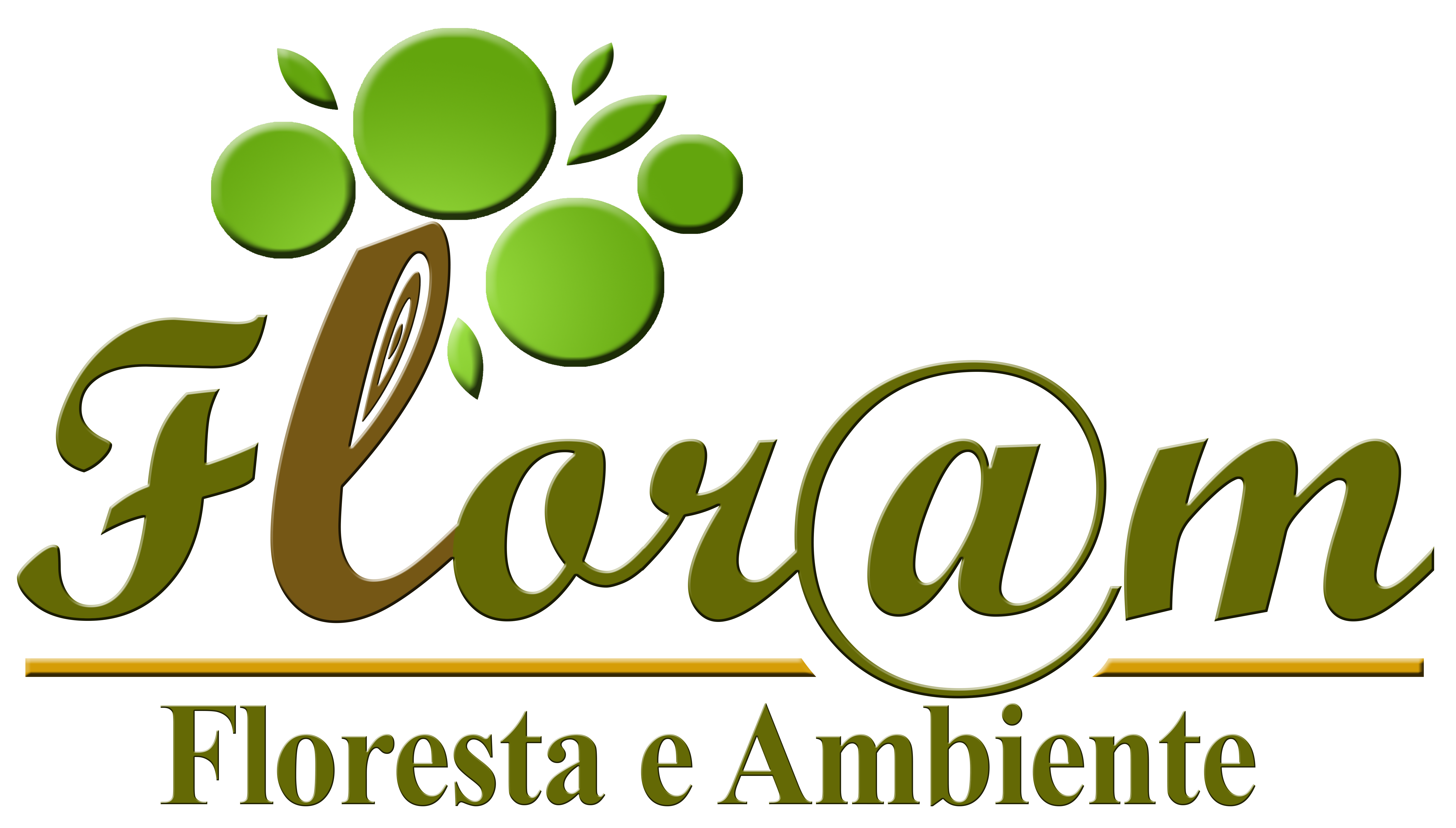Comportamento da Semente de Pinhão-Manso (Jatropha curcas L.) Sob Diferentes Temperaturas Visando à Utilização Energética
Behavior of Jatropha curcas L. Seeds at Different Temperatures Aiming Energetic Use
Silva, Dimas Agostinho da; Marchiori, Fernanda; Andrade, Clarice de
http://dx.doi.org/10.4322/floram.2012.046
FLORAM, vol.19, n4, p.414-421, 2012
Resumo
O presente trabalho teve como objetivo verificar o comportamento dos parâmetros energéticos da semente de pinhão-manso (Jatropha curcas L.). Um lote de 2000 g de semente foi separado nos materiais: a) semente, b) albúmen e c) casca. Cada um desses materiais foi submetido aos tratamentos de 100, 200, 300, 400, 500, 600, 700, 800 e 900 °C de temperatura. Os parâmetros determinados foram: materiais voláteis, material orgânico sólido (carbono fixo), cinzas e poder calorífico. As seguintes conclusões foram observadas: a) ocorreram diferenças significativas entre os materiais e entre os tratamentos de temperatura; b) o teor de materiais voláteis aumentou à medida que se usaram tratamentos de maiores temperaturas; os maiores valores médios foram observados no albúmen e os menores, na casca da semente de pinhão-manso; c) o teor de material orgânico sólido, representado pelo carbono fixo, diminuiu à medida que se usaram tratamentos com maiores temperaturas; os maiores valores médios foram encontrados na casca, enquanto os menores valores foram observados no albúmen; d) o teor de cinzas foi maior na casca em relação ao albúmen e à semente; e) o poder calorífico superior para semente e para o albúmen foi maior na temperatura de 400 °C e menor nas temperaturas mais elevadas. Já para casca, o poder calorífico superior aumentou de 100 a 700 °C, seguido de diminuição para 800 e 900 °C.
Palavras-chave
pinhão-manso, qualidade energética, variação de temperatura
Abstract
The purpose of the present research was to verify the behavior of the energeticparameters of Jatropha curcas (L.) seeds. A batch of 2,000 g of seeds was separated into the following materials: a) seeds, b) albumen and c) shell. Each one of these materials was submitted to temperature treatments at 100, 200, 300, 400, 500, 600, 700, 800, and 900 °C. The following parameters were determined: volatile materials, solid organic matter (fixed carbon), ashes and heat power. The following conclusions were obtained: a) there were significant differences between the materials as well as between the temperature treatments; b) the content of volatile materials increased as the temperature raised; the highest mean values were observed in the albumen and the lowest ones were found in the seeds shell; c) the content of solid organic matter, represented by the fixed carbon, decreased as the treatment temperature increased; the highest mean values were found in the shell, while the lowest values were observed in the albumen, d) the ashes content was higher in the shell when compared to the albumen and seed, e) the superior heat power for the seed and albumen were higher at 400 °C and lower as the temperature increased. Regarding the shell, the superior heat power increased from 100 to 700 °C, followed by a decrease at 800 and 900 °C.
Keywords
jatropha, energetic quality, temperature variation

